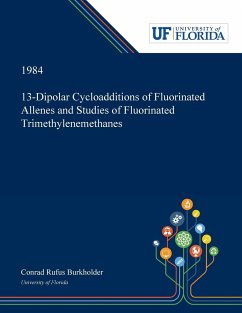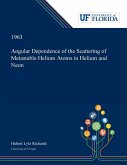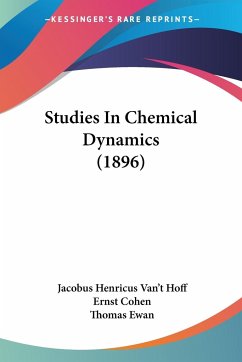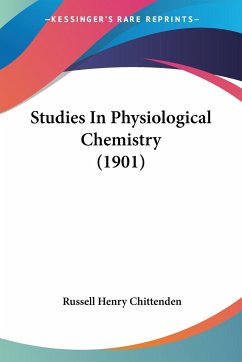Abstract: The 1,3-dipolar cycloadditions of 1 ,1-difluoroallene 1_, fluoroallene 2, and 1 ,1-difluoro-3-methyl- 1 ,2-butadiene 3 are reported. Dipoles studied are diazomethane 4, 2-diazopropane 5, diazofluorene 6, diphenyldiazomethane 7, diphenylnitrone 8, C-phenyl- N-methylnitrone 9, triphenylnitrone 10, mesitylnitrile oxide 1_1_, and tetracyanocarbonyl ylide 12^. Reaction of 1_ with 4 is regiospecific giving 4-(difluoromethylene)-1-pyrazoline. Similar regioselectivity is observed for dipoles 5 through 12_ except for 6 and 7, which give mainly 5-(difluoromethylene)-1- pyrazolines. Regiochemistry is controlled by both electronic and steric interactions. Reaction of 2 with 4 gives only 4-(fluoromethylene)- 1-pyrazoline. Reaction of 2 with 8 gives an 86 to 14 ratio of (E)-and (Z)-4-(fluoromethylene)isoxazolidines. Reactions of 3 with 4, 8, and 9 are regiospecific for the 4- (difluoromethylene )-cycloadducts. The deazetations of the fluorinated 4-methylene- 1 -pyrazolones by photolysis and thermolysis are studied in the gas phase and in solution. The kinetic product ratios of fluorinated methylenecyclopropanes are consistent with trimethylenemethane biradical intermediates. Thermodynamic parameters are determined for the gas-phase equilibria of the products. The (difluoromethylene) cyclopropane from 6 gives cycloadducts with oxygen at room temperature and acrylonitrile at 70°. The distribution of products is consistent with formation of a highly stabilized trimethylenemethane biradical which is trapped. Regiochemistry is also studied for reactions of 1 with acrylonitrile 1_3 methacrylonitrile 1_4, 1 ,1-dichloro- 2,2-difluoroethylene 1_5 1 t 2- bis-( me"tnylene)cyclobutane 16, 2,3-dicyanobutadiene 1_7 and diphenylisobenzofuran. Olefins 13 , 14 . and 1J5 give 1 ,2-cycloadducts with fluorines mainly on the ring, a result consistent with a biradical mechanism. Dienes ±6_ and 1_7 give competing biradical and concerted reactions. Pluoroallene reacts non-regiospecifically with 15 . Allene 3_ with cyclopentadiene gives the Diels-Alder cycloadduct with an exocyclic difluoromethylene group. Dissertation Discovery Company and University of Florida are dedicated to making scholarly works more discoverable and accessible throughout the world. This dissertation, "13-Dipolar Cycloadditions of Fluorinated Allenes and Studies of Fluorinated Trimethylenemethanes" by Conrad Rufus Burkholder, was obtained from University of Florida and is being sold with permission from the author. A digital copy of this work may also be found in the university's institutional repository, IR@UF. The content of this dissertation has not been altered in any way. We have altered the formatting in order to facilitate the ease of printing and reading of the dissertation.
Bitte wählen Sie Ihr Anliegen aus.
Rechnungen
Retourenschein anfordern
Bestellstatus
Storno









